The design of an assisted living kitchen plays a crucial role in the overall well-being of its residents. As people age, their physical abilities and needs change, making it essential to have a kitchen that is universally designed to meet the needs of all residents. Universal design principles focus on creating spaces that are accessible, safe, and functional for people of all ages and abilities. In the context of assisted living, this means designing a kitchen that can accommodate residents with different levels of mobility and cognitive abilities. When designing an assisted living kitchen, it is important to consider features such as lowered countertops and cabinets, non-slip flooring, and easy-to-reach appliances. These features not only make the kitchen safer for residents, but also promote independence and allow them to continue performing daily tasks with ease. Universal design is crucial in creating a kitchen that is suitable for all residents of an assisted living facility.1. Universal Design for Assisted Living Kitchens
As people age, their physical and cognitive abilities change, making certain tasks more challenging. This is why it is important to have a kitchen in an assisted living facility that is specifically designed to meet the needs of seniors. A senior-friendly kitchen takes into account the physical limitations of its residents and ensures that the space is safe and easy to navigate. Features such as pull-out shelves, lever-style handles on cabinets and appliances, and touchless faucets make the kitchen more accessible for seniors. Additionally, having a clear and clutter-free layout, with adequate lighting and color contrast, can help residents with cognitive impairments navigate the kitchen with ease. A senior-friendly kitchen design in an assisted living facility promotes independence and enhances the overall quality of life for its residents.2. Senior-Friendly Kitchen Design for Assisted Living Facilities
Safety is a top priority in assisted living facilities, and the kitchen is no exception. The design of an assisted living kitchen should prioritize safety and accessibility for its residents. This means incorporating features such as slip-resistant flooring, easy-to-grasp handles, and rounded corners on countertops and cabinets. In addition to physical safety, it is also important to consider the safety of residents with cognitive impairments. This could mean using color-coded appliances or labeling cabinets and drawers to assist with memory and navigation. The kitchen should also have proper ventilation and fire safety measures in place to ensure the well-being of its residents. A safe and accessible kitchen design is essential for the well-being of assisted living residents.3. Creating Safe and Accessible Kitchens for Assisted Living Residents
The layout of an assisted living kitchen should be carefully planned to optimize functionality and safety for its residents. The most common kitchen layouts used in assisted living facilities are the U-shape, L-shape, and galley kitchen. These layouts ensure that everything is within reach and minimize the need for residents to move around the kitchen. When designing the layout, it is important to consider the needs of residents with different levels of mobility. For example, a wheelchair-accessible sink and countertop height should be considered for residents who use wheelchairs. The placement of appliances and storage should also be carefully planned to make them easily accessible for all residents. The layout of an assisted living kitchen should be designed with the needs of its residents in mind.4. Assisted Living Kitchen Layouts and Design Considerations
A functional and efficient kitchen is essential in an assisted living community as it allows staff to prepare meals for a large number of residents in a timely manner. This means having a well-organized kitchen with adequate storage, work surfaces, and appliances that can handle the demands of a busy kitchen. In addition to functionality, the kitchen should also be designed for efficiency. This could mean incorporating energy-efficient appliances and using materials that are easy to clean and maintain. A well-designed kitchen can improve the overall efficiency of an assisted living facility and ensure that residents receive nutritious and timely meals. A functional and efficient kitchen is crucial in meeting the needs of assisted living residents and maintaining the smooth operation of the facility.5. Designing Functional and Efficient Kitchens for Assisted Living Communities
Many residents in assisted living facilities may have the goal of aging in place, meaning they want to remain in the same living environment as they age and their needs change. This is why it is important to incorporate aging-in-place features in the design of assisted living kitchens. Features such as adjustable countertops and cabinets, pull-down shelving, and touchless appliances can help residents continue to use the kitchen independently as they age. These features also eliminate the need for costly renovations in the future, making it a more practical and cost-effective solution for both residents and the facility. Aging-in-place features in the kitchen design allow residents to maintain their independence and age comfortably in their assisted living community.6. Incorporating Aging-in-Place Features in Assisted Living Kitchen Design
As technology and design continue to evolve, so does the design of assisted living kitchens. Some of the latest trends and innovations in assisted living kitchen design include voice-activated appliances, induction cooktops, and smart refrigerators. These features not only make the kitchen more convenient and accessible for residents, but also improve the overall efficiency of the facility. Other trends include incorporating biophilic design elements, such as natural lighting and plants, to create a more calming and home-like atmosphere in the kitchen. These features can have a positive impact on the well-being of residents and enhance their overall dining experience. Keeping up with the latest trends and innovations in kitchen design can help assisted living facilities provide the best possible living experience for their residents.7. Assisted Living Kitchen Design Trends and Innovations
For residents with dementia, the kitchen can be a potentially hazardous environment. This is why it is important to design a kitchen that is dementia-friendly, taking into account the unique needs and challenges of these residents. Some design considerations for dementia-friendly kitchens include using color-coded appliances, clear and simple signage, and easily recognizable utensils and dishes. It is also important to have a clear and uncluttered layout to reduce confusion and frustration for residents with dementia. A dementia-friendly kitchen design can help residents with cognitive impairments feel more at ease and independent in the kitchen.8. Designing Dementia-Friendly Kitchens for Assisted Living Residents
When designing an assisted living kitchen, there is a delicate balance between safety and independence. While safety is a top priority, it is also important to promote independence and allow residents to continue performing daily tasks on their own. This balance can be achieved by incorporating features such as easy-to-reach appliances and storage, non-slip flooring, and adequate lighting. It is also important to involve residents in the design process and consider their preferences and needs to create a kitchen that promotes their independence and well-being. Striking a balance between safety and independence in the kitchen design can greatly improve the quality of life for assisted living residents.9. Assisted Living Kitchen Design: Balancing Safety and Independence
An assisted living facility should feel like home for its residents, and the kitchen is no exception. Creating a home-like atmosphere in the kitchen can help residents feel more comfortable and at ease in their new living environment. This can be achieved by using warm and inviting colors, incorporating natural elements, and having comfortable seating and dining areas. The kitchen should also be a social space, where residents can gather and interact with each other and staff while enjoying meals. A home-like atmosphere in the kitchen can help residents feel more relaxed and connected to their assisted living community.10. Creating a Home-Like Atmosphere in Assisted Living Kitchens
The Importance of a Well-Designed Assisted Living Kitchen

Creating a Safe and Functional Space for Seniors
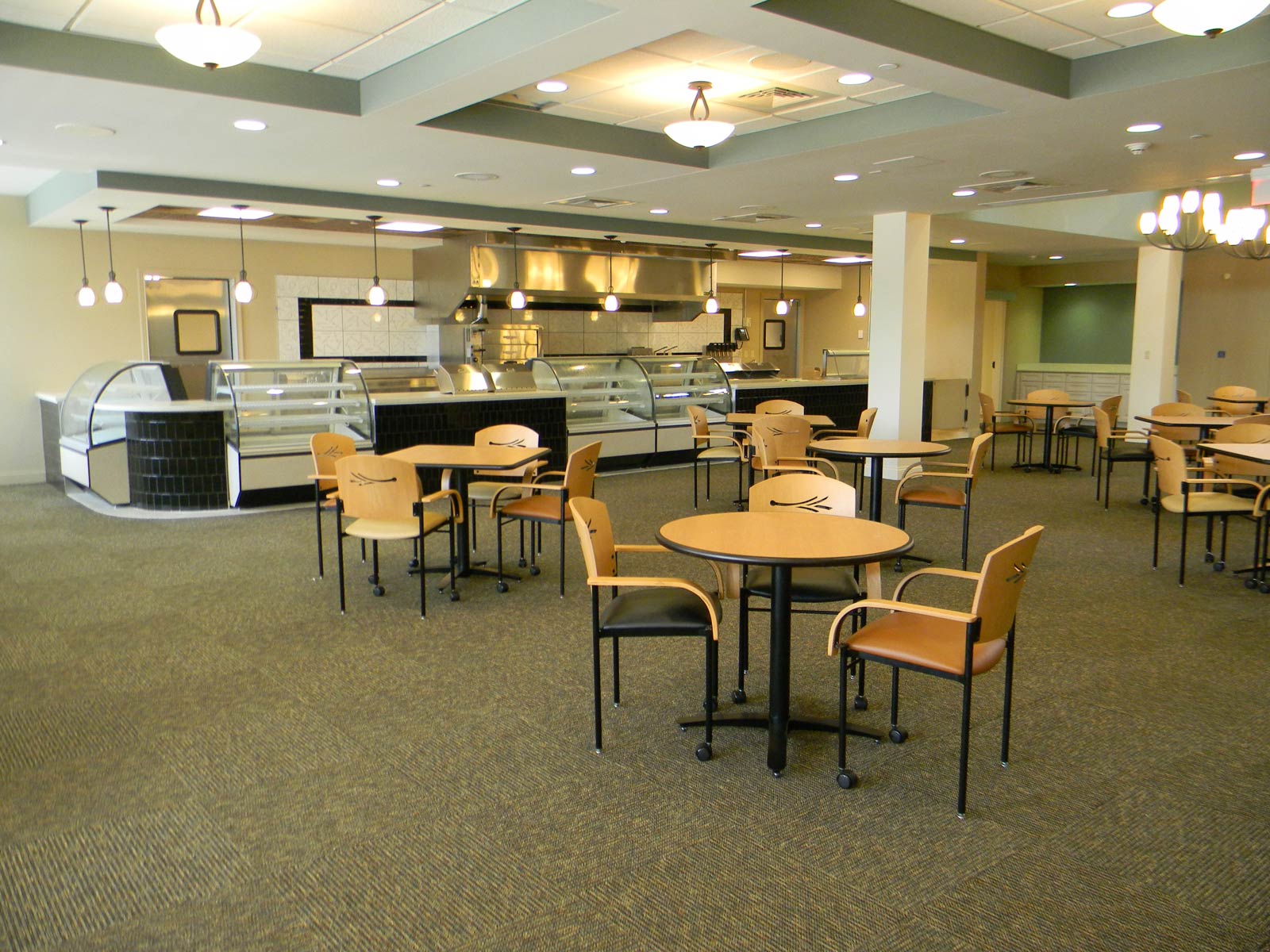 When it comes to designing an assisted living facility, the kitchen is often overlooked. However, this space plays a crucial role in the everyday lives of seniors. As they age, many individuals face physical limitations that can make cooking and meal preparation challenging. That's why it's essential to have a well-designed assisted living kitchen that takes into consideration the specific needs of seniors.
Assisted living kitchen design
should prioritize safety and accessibility. This means incorporating features such as non-slip flooring, easy-to-reach cabinets and appliances, and adequate lighting. These elements not only make it easier for seniors to navigate the kitchen, but they also help prevent accidents and injuries.
In addition to safety, functionality is also a key factor in assisted living kitchen design. With limited mobility and potential health issues, seniors may have difficulty using traditional kitchen tools and appliances. That's why it's crucial to have
adapted kitchen equipment
that is specifically designed for seniors. This could include appliances with larger buttons and dials, ergonomic handles, and lower countertops for easy reach.
When it comes to designing an assisted living facility, the kitchen is often overlooked. However, this space plays a crucial role in the everyday lives of seniors. As they age, many individuals face physical limitations that can make cooking and meal preparation challenging. That's why it's essential to have a well-designed assisted living kitchen that takes into consideration the specific needs of seniors.
Assisted living kitchen design
should prioritize safety and accessibility. This means incorporating features such as non-slip flooring, easy-to-reach cabinets and appliances, and adequate lighting. These elements not only make it easier for seniors to navigate the kitchen, but they also help prevent accidents and injuries.
In addition to safety, functionality is also a key factor in assisted living kitchen design. With limited mobility and potential health issues, seniors may have difficulty using traditional kitchen tools and appliances. That's why it's crucial to have
adapted kitchen equipment
that is specifically designed for seniors. This could include appliances with larger buttons and dials, ergonomic handles, and lower countertops for easy reach.
Promoting Independence and Socialization
 A well-designed assisted living kitchen can also promote independence and socialization among seniors. By incorporating open and accessible layouts, seniors can easily move around the kitchen and engage in meal preparation with their peers. This not only encourages them to maintain their cooking skills but also creates a sense of community and belonging.
Furthermore, an assisted living kitchen should also have designated dining areas where seniors can enjoy their meals together. Meal times are often a social activity, and having a well-designed dining space can encourage seniors to gather and interact with one another. This can help combat feelings of isolation and loneliness, which are common among seniors living in assisted facilities.
A well-designed assisted living kitchen can also promote independence and socialization among seniors. By incorporating open and accessible layouts, seniors can easily move around the kitchen and engage in meal preparation with their peers. This not only encourages them to maintain their cooking skills but also creates a sense of community and belonging.
Furthermore, an assisted living kitchen should also have designated dining areas where seniors can enjoy their meals together. Meal times are often a social activity, and having a well-designed dining space can encourage seniors to gather and interact with one another. This can help combat feelings of isolation and loneliness, which are common among seniors living in assisted facilities.
Creating a Home-Like Atmosphere
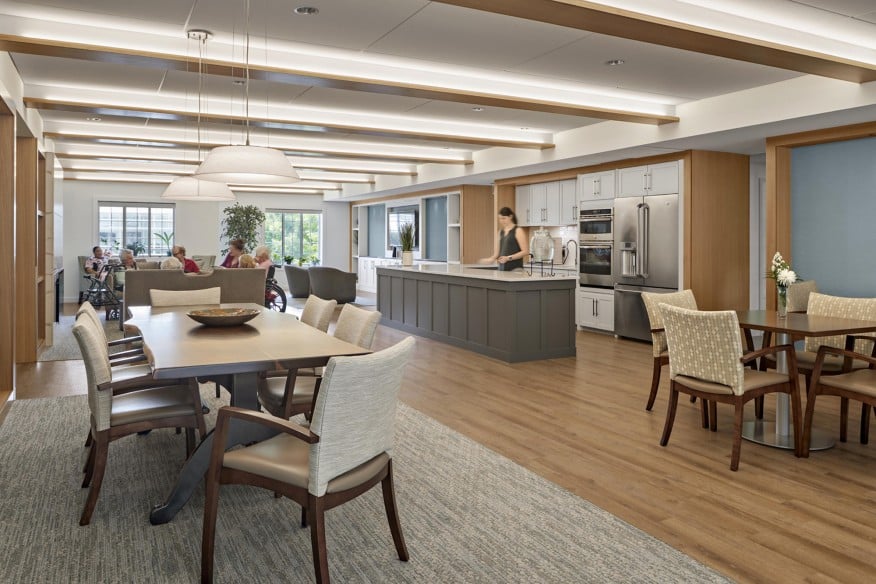 While functionality and safety are crucial in assisted living kitchen design, it's also essential to create a home-like atmosphere. Seniors should feel comfortable and at ease in their living space, and the kitchen is no exception. This can be achieved through warm and inviting decor, comfortable seating areas, and personal touches from the residents themselves.
In conclusion, a well-designed assisted living kitchen can greatly enhance the quality of life for seniors. It should prioritize safety, functionality, and promote independence and socialization. By incorporating these elements, seniors can continue to enjoy cooking and mealtime activities, while also feeling at home in their living environment.
While functionality and safety are crucial in assisted living kitchen design, it's also essential to create a home-like atmosphere. Seniors should feel comfortable and at ease in their living space, and the kitchen is no exception. This can be achieved through warm and inviting decor, comfortable seating areas, and personal touches from the residents themselves.
In conclusion, a well-designed assisted living kitchen can greatly enhance the quality of life for seniors. It should prioritize safety, functionality, and promote independence and socialization. By incorporating these elements, seniors can continue to enjoy cooking and mealtime activities, while also feeling at home in their living environment.

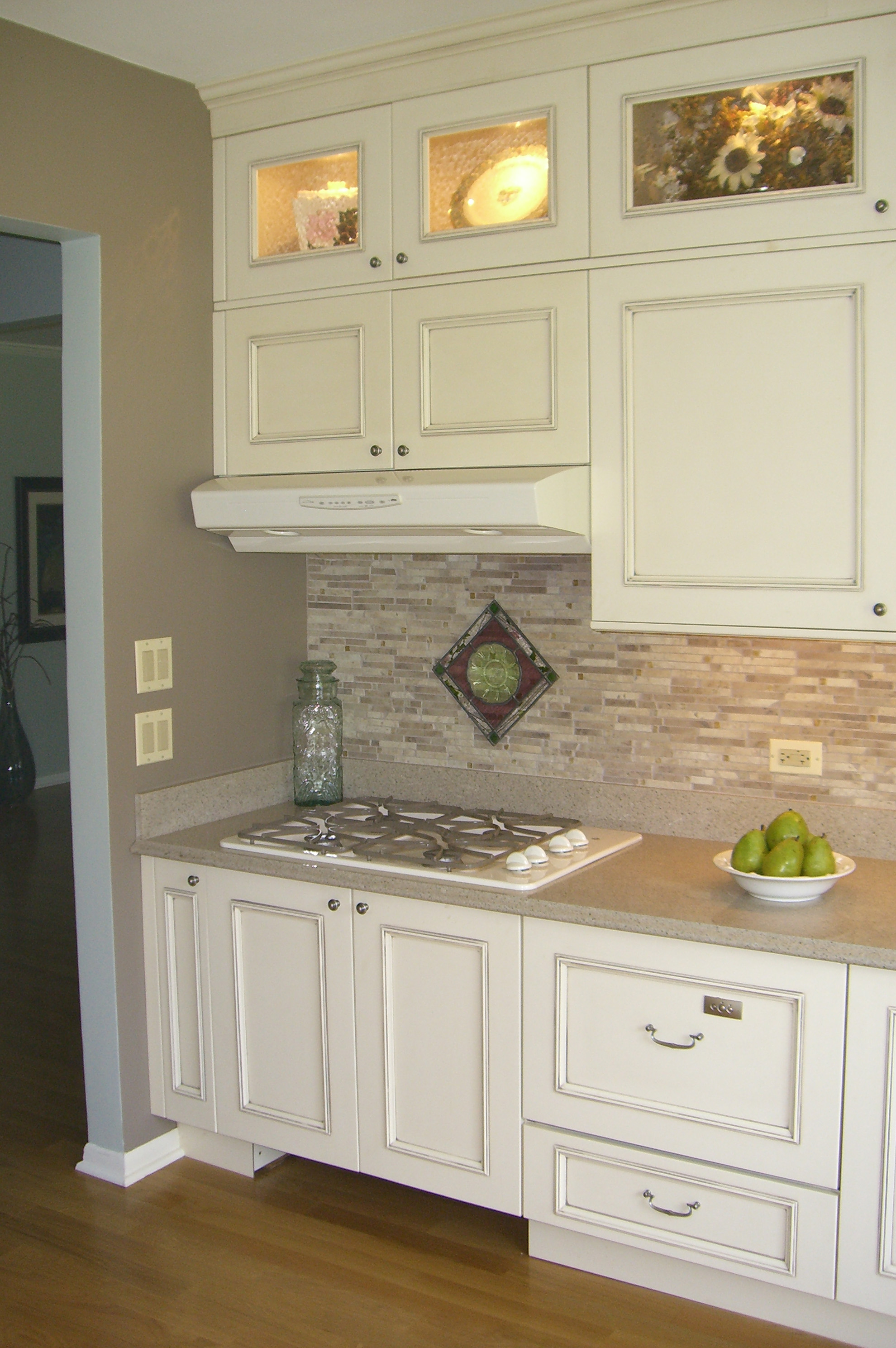


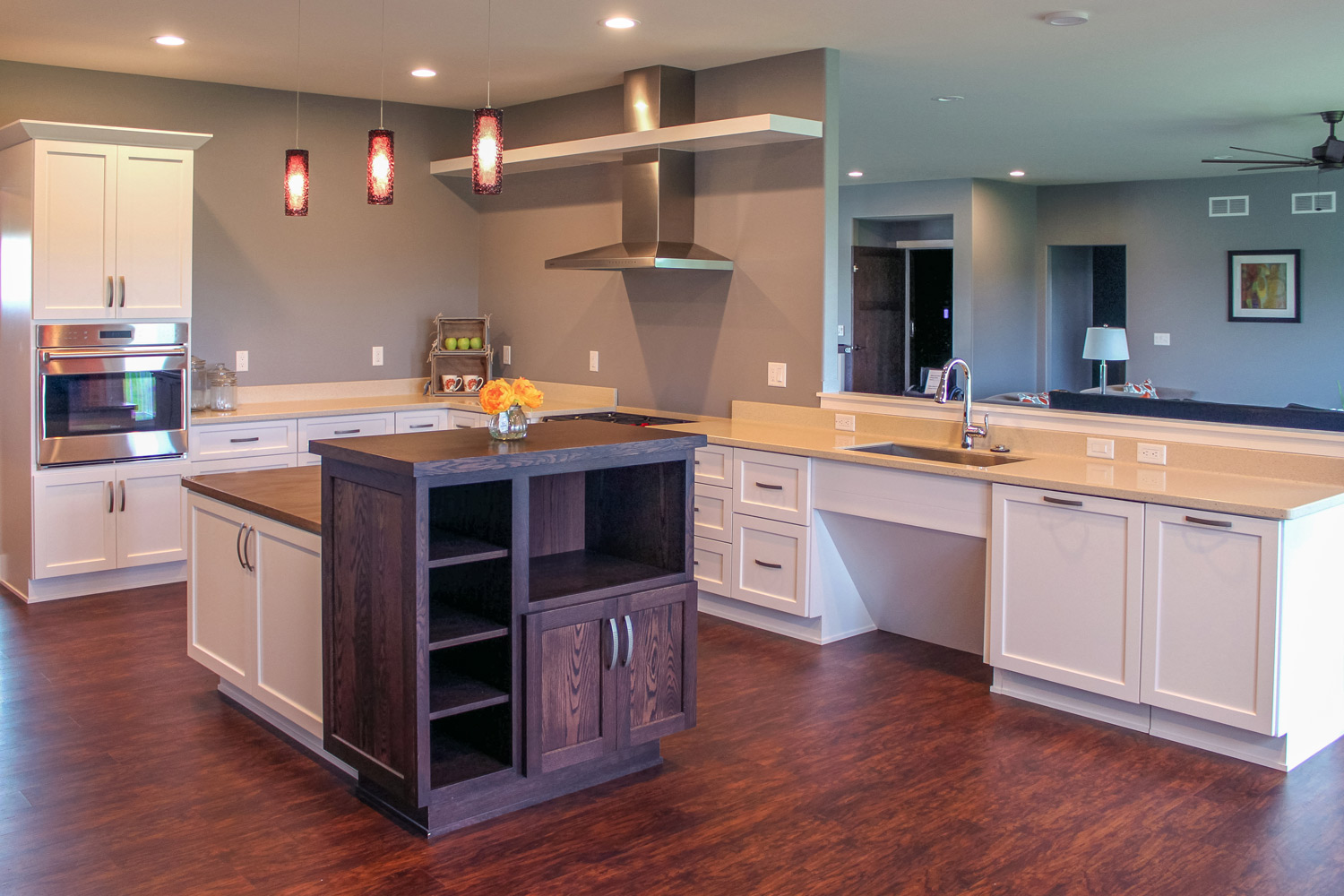
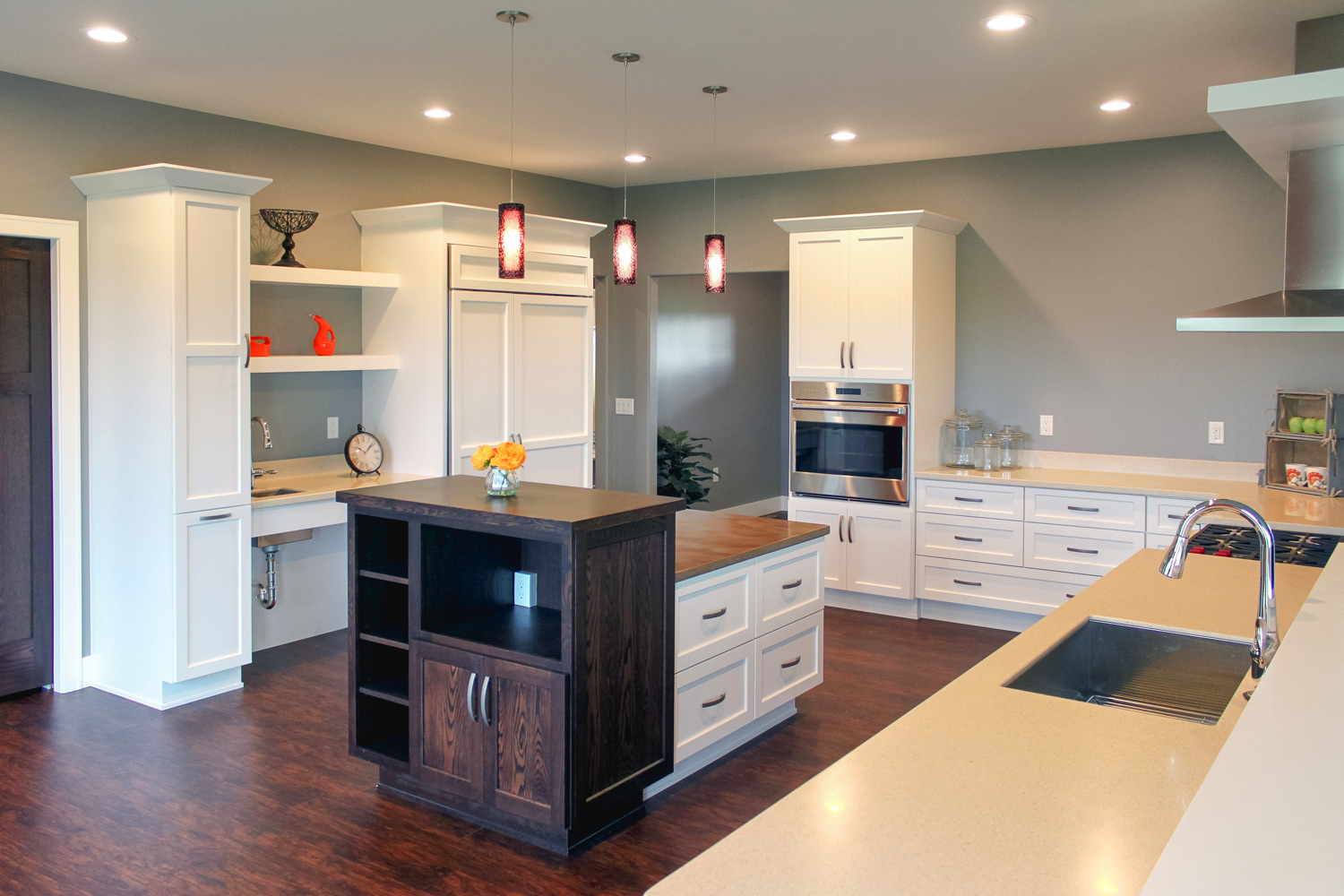
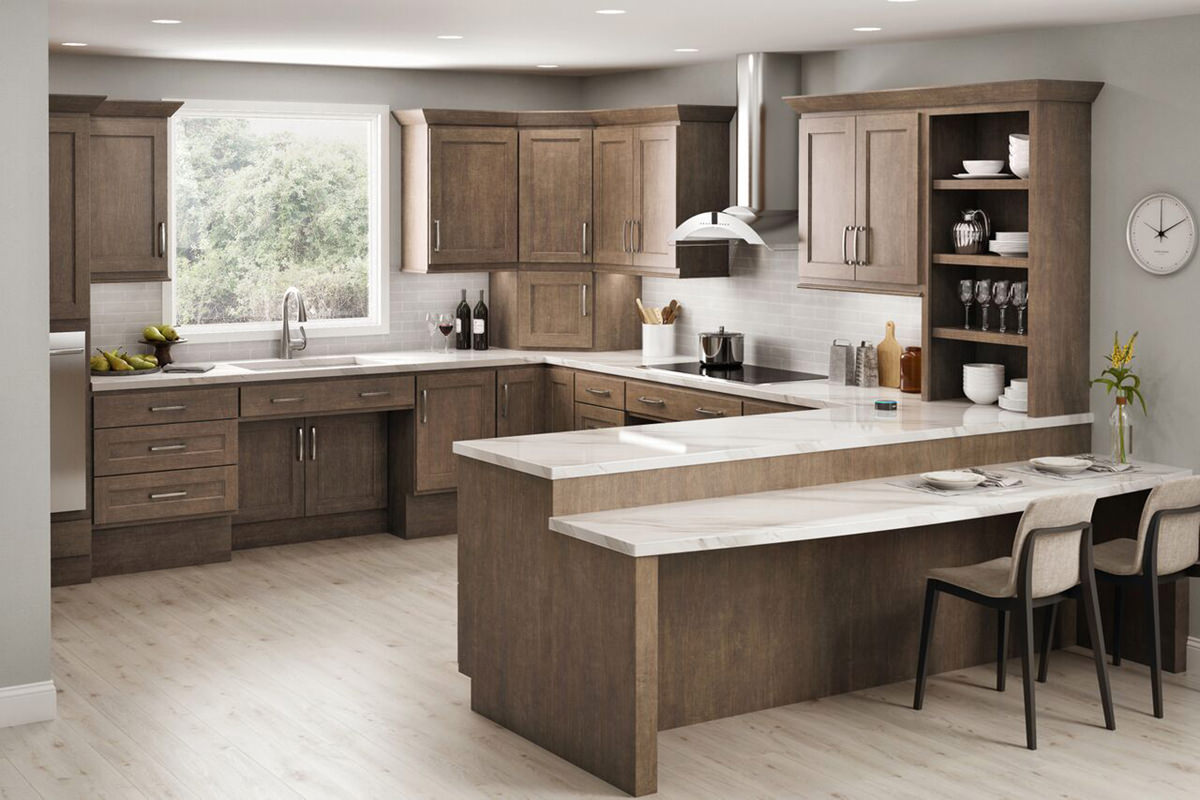


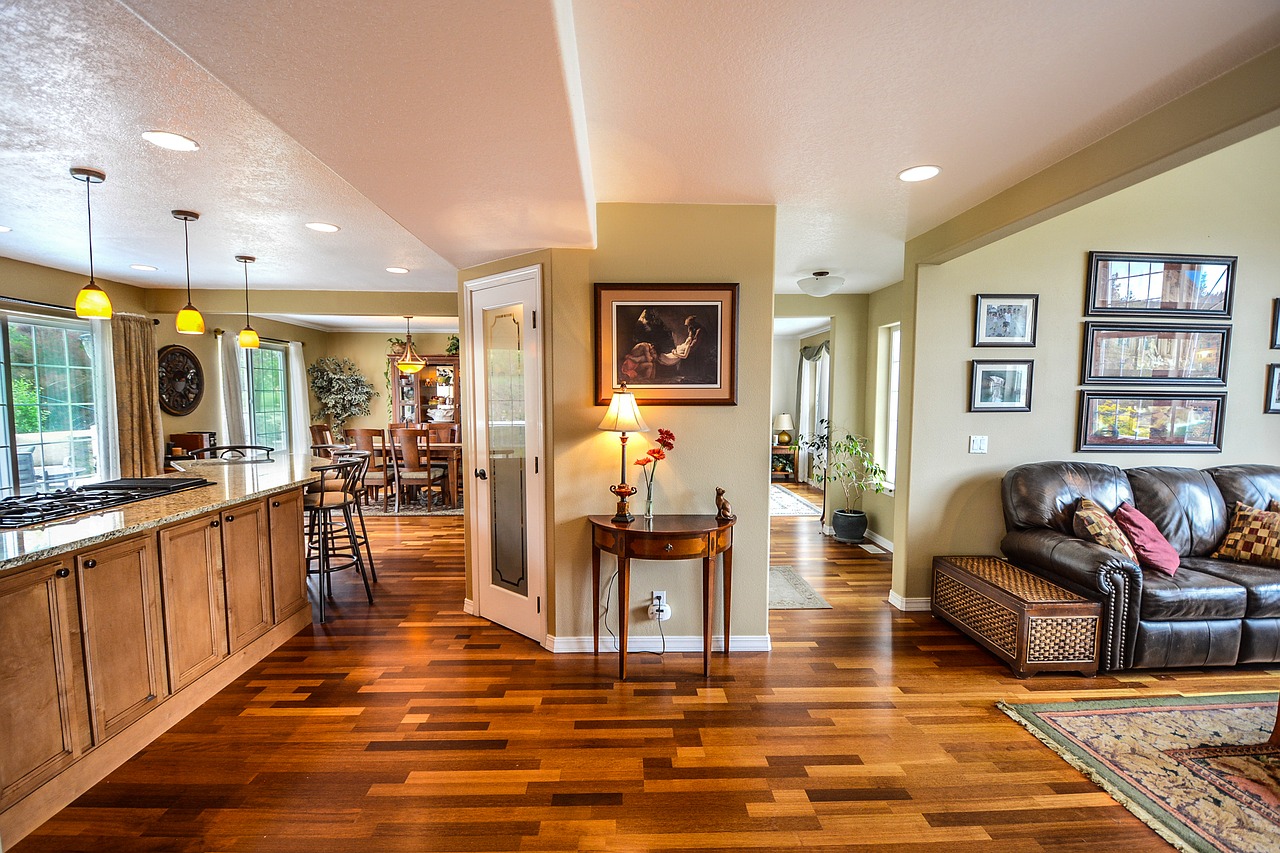

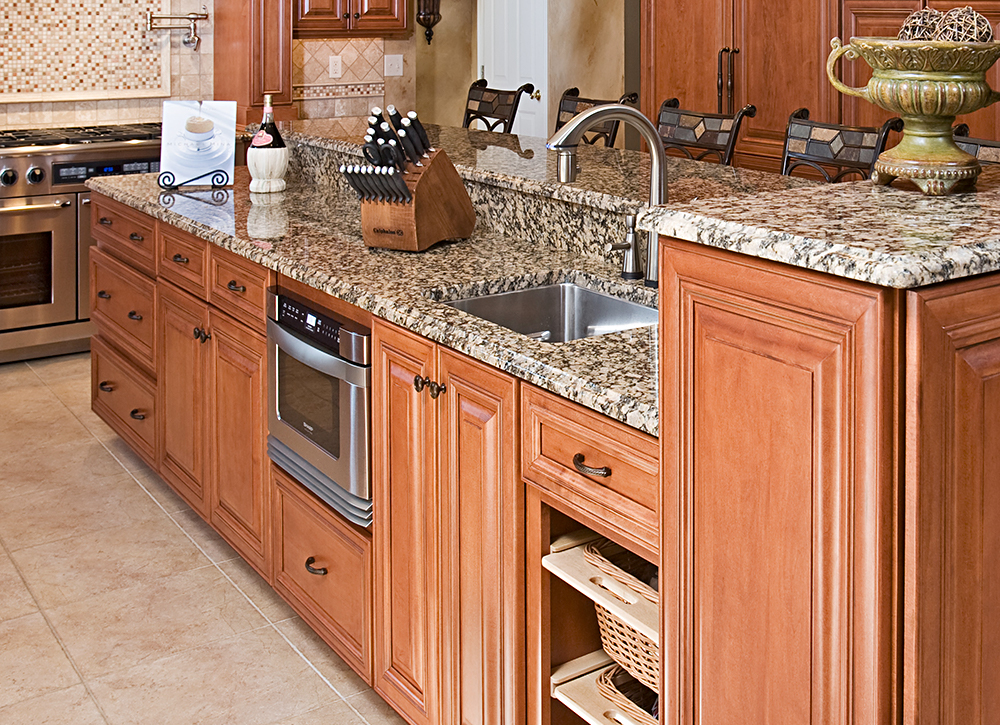


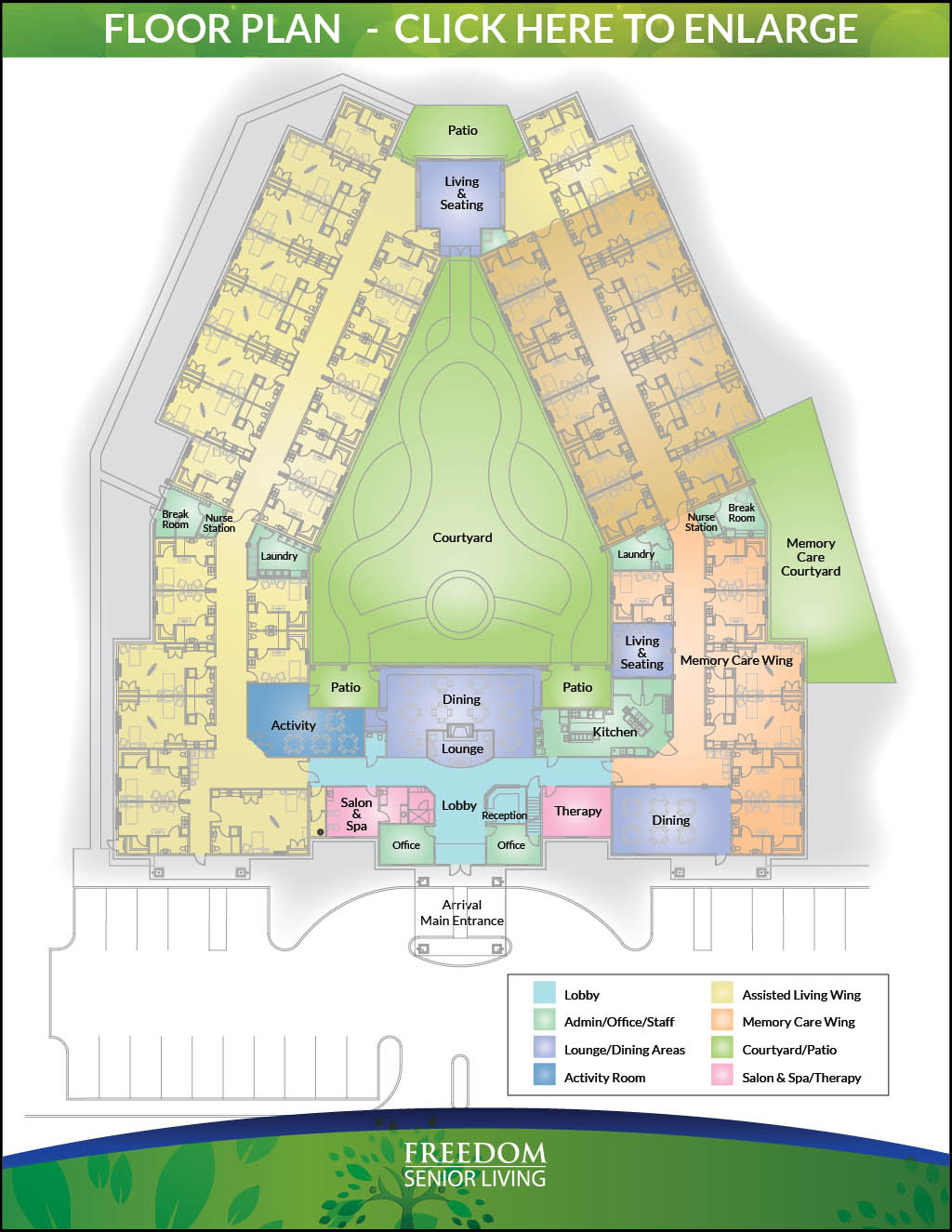


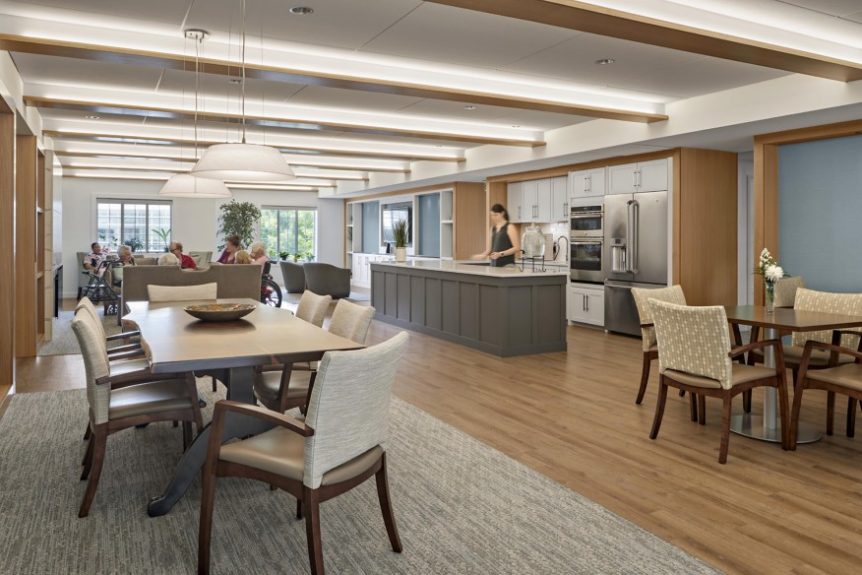

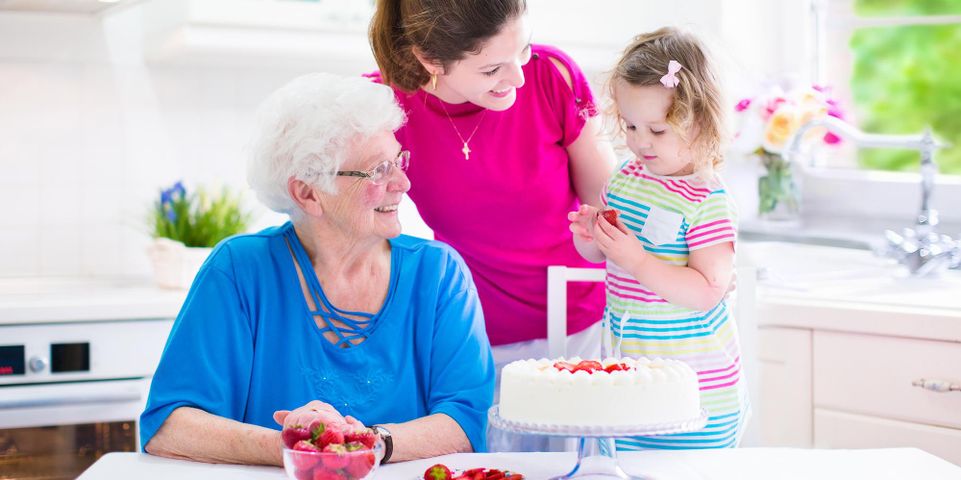










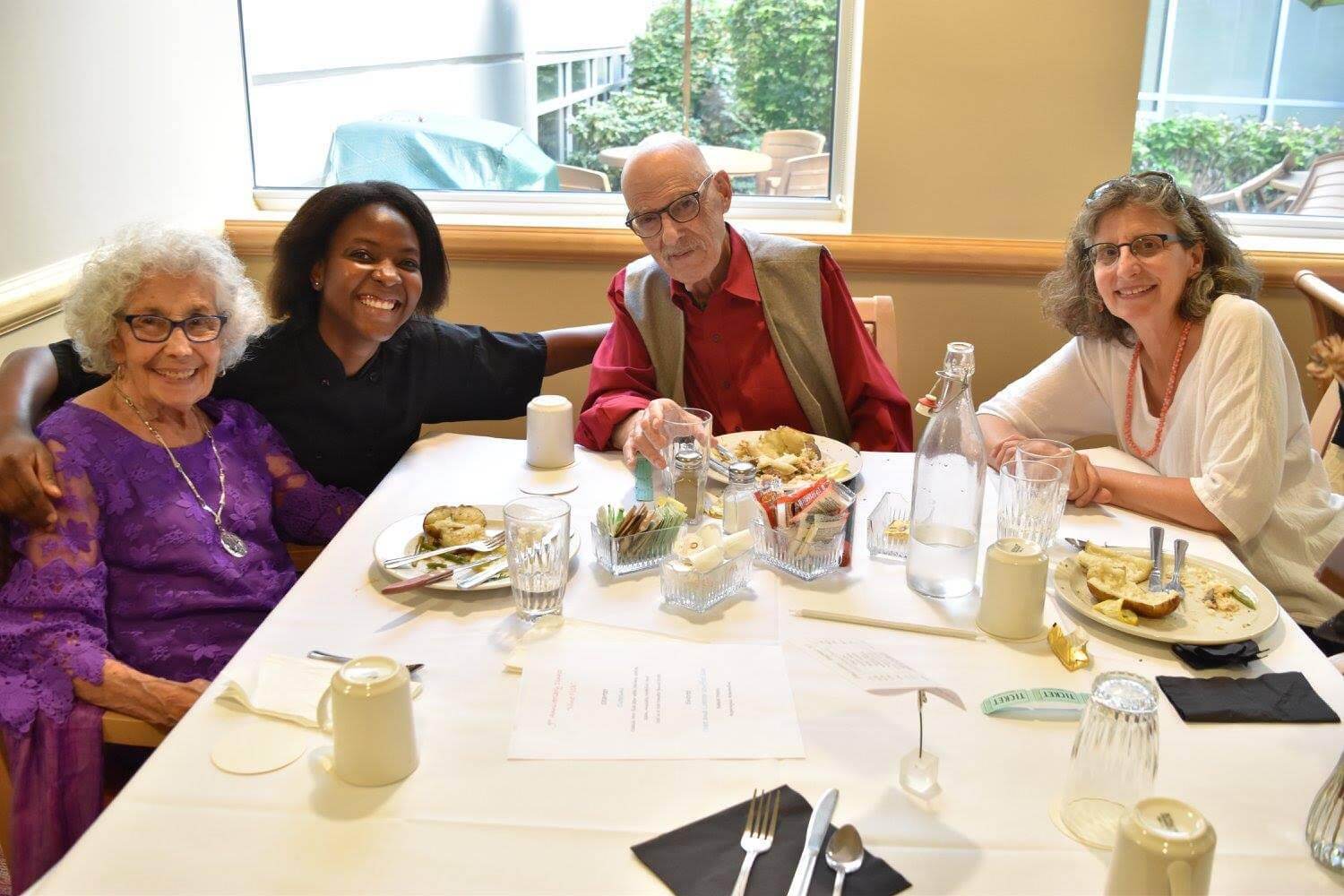

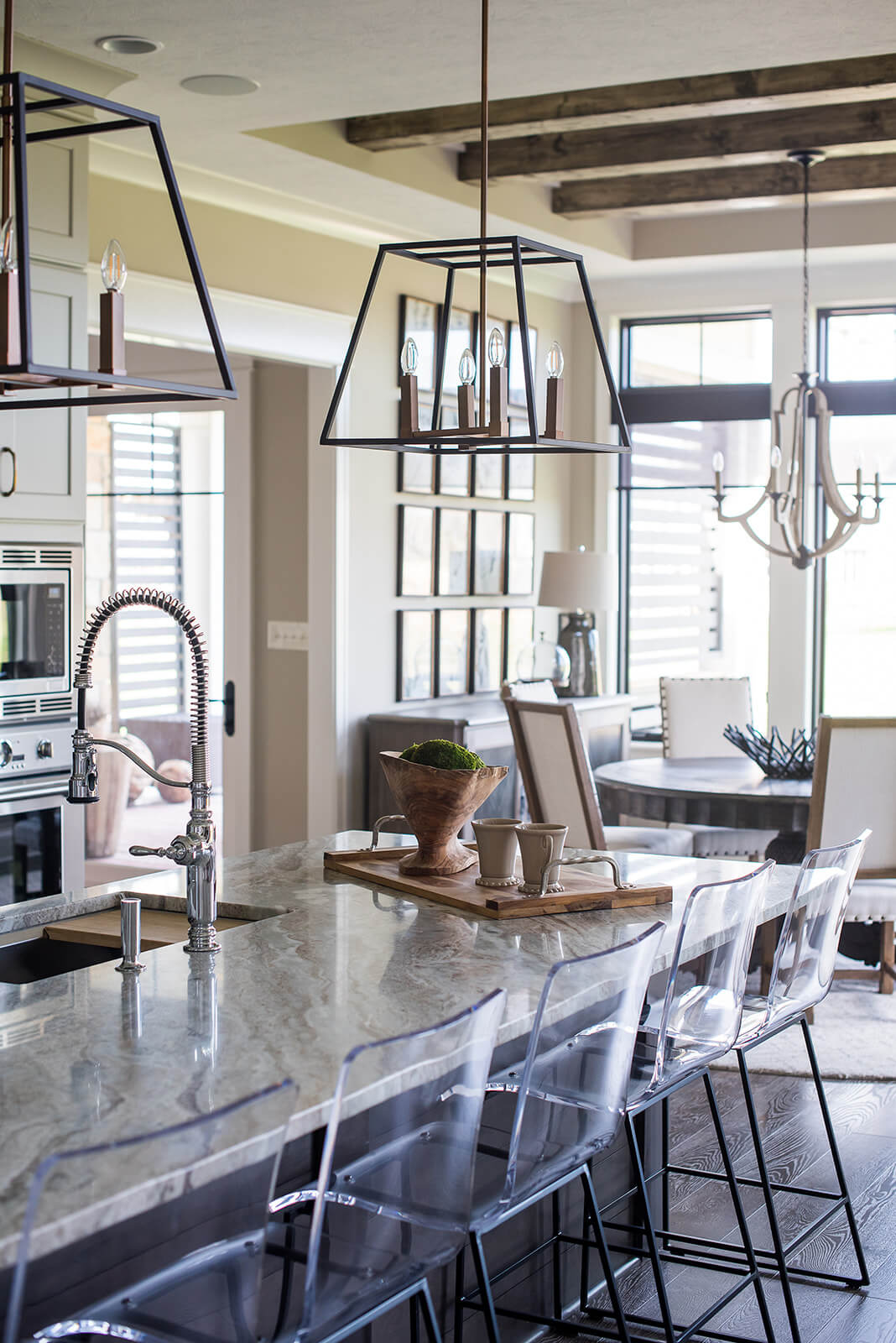

















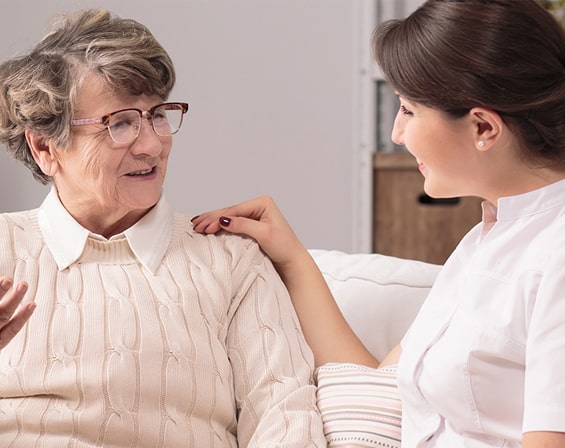




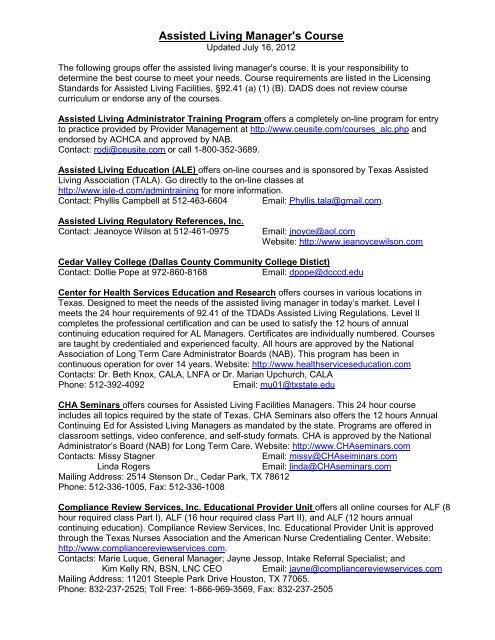
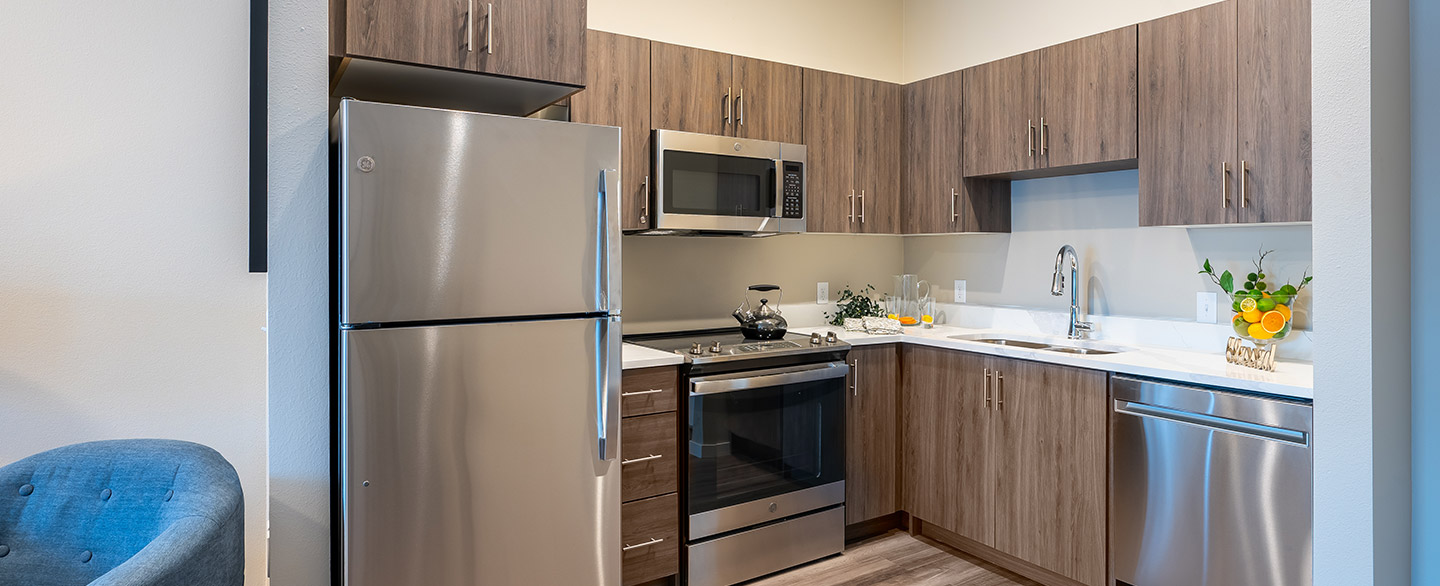



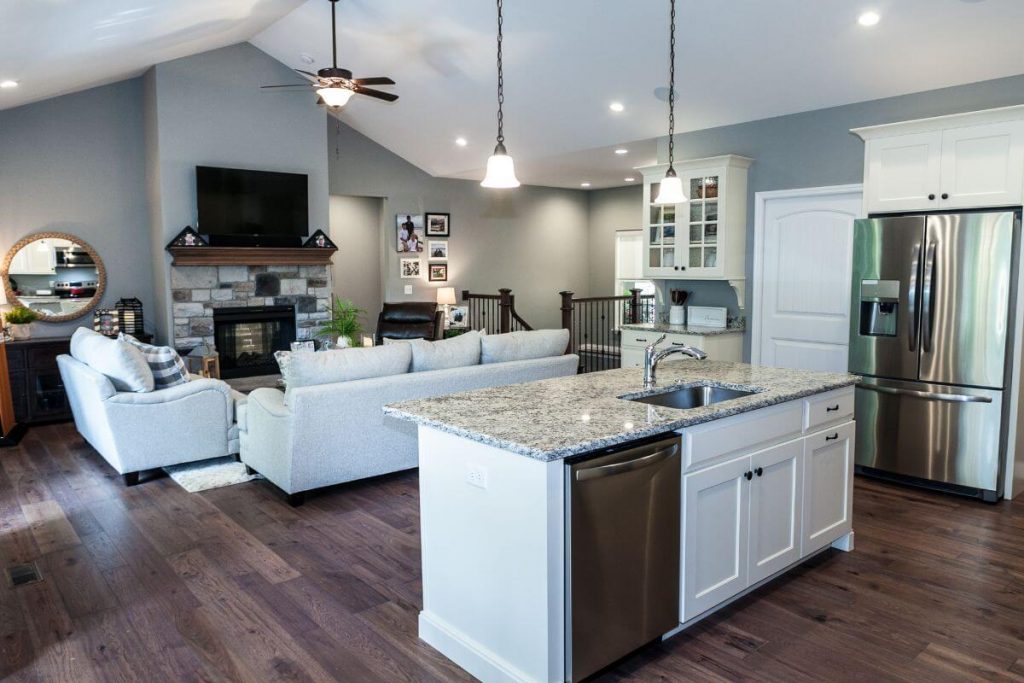
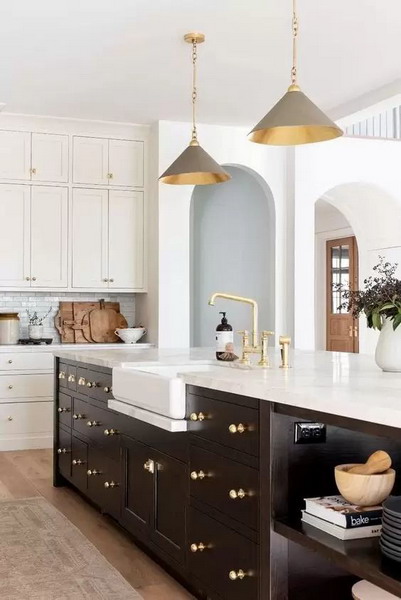




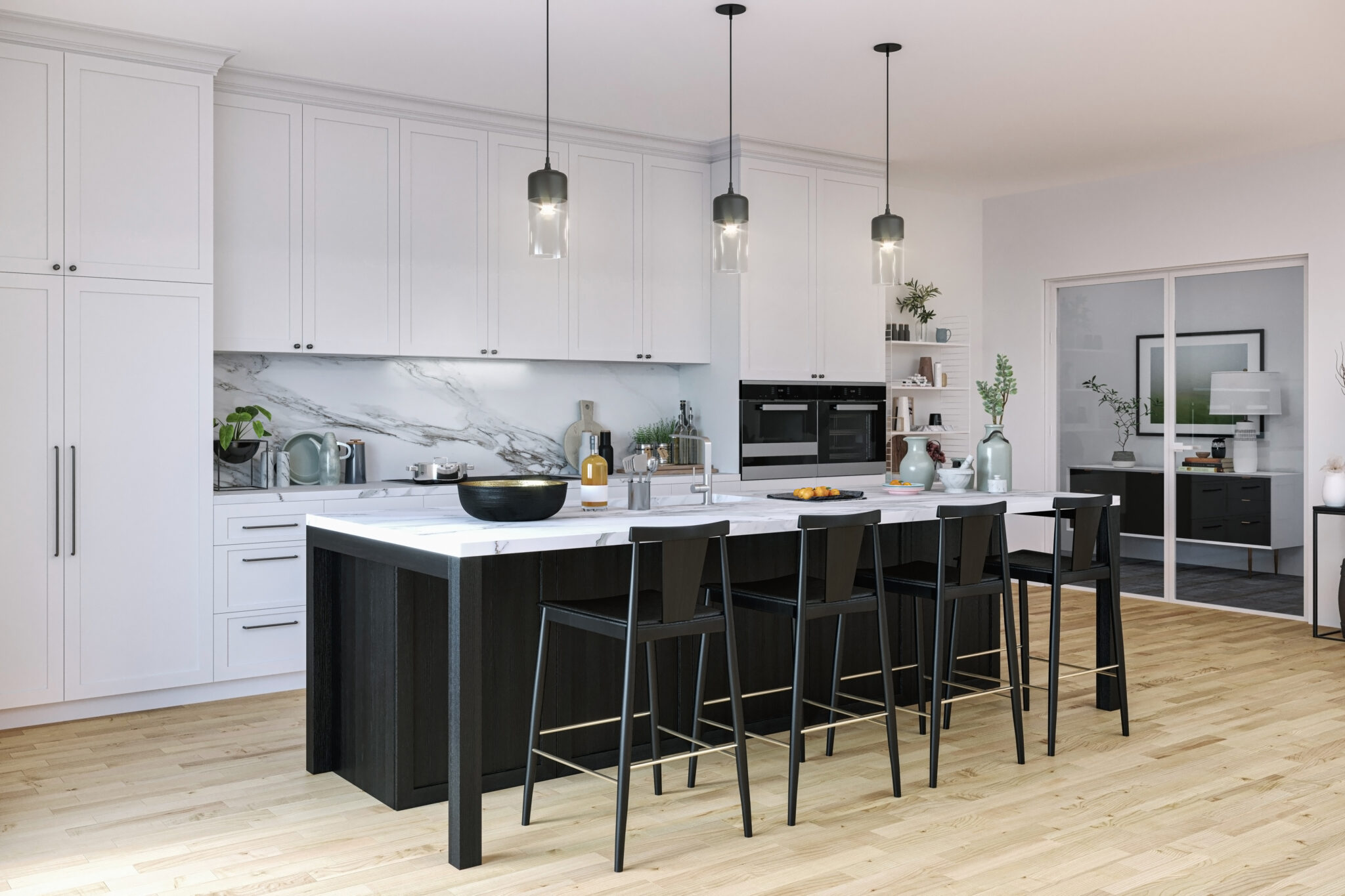







-720x480.jpg)


























